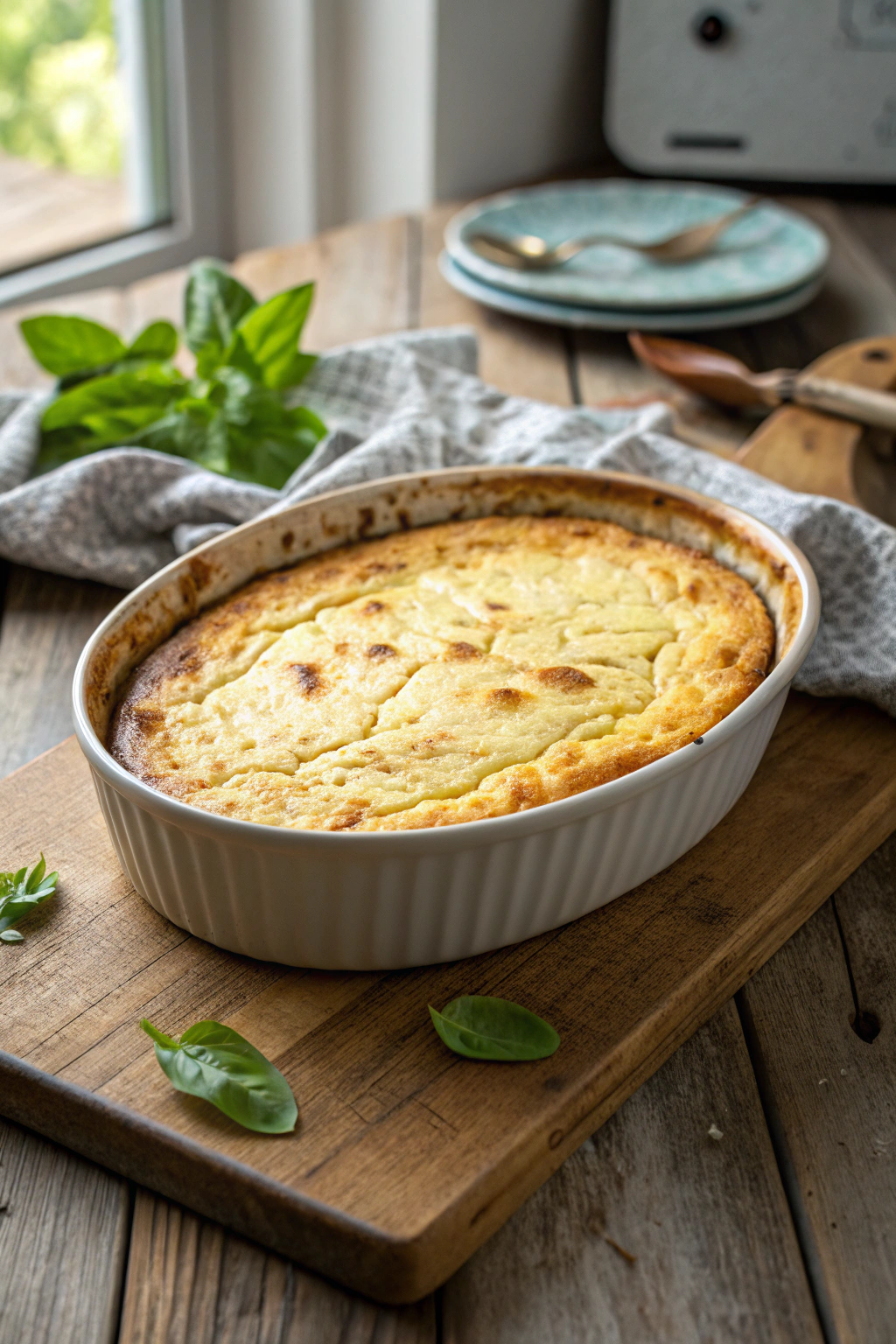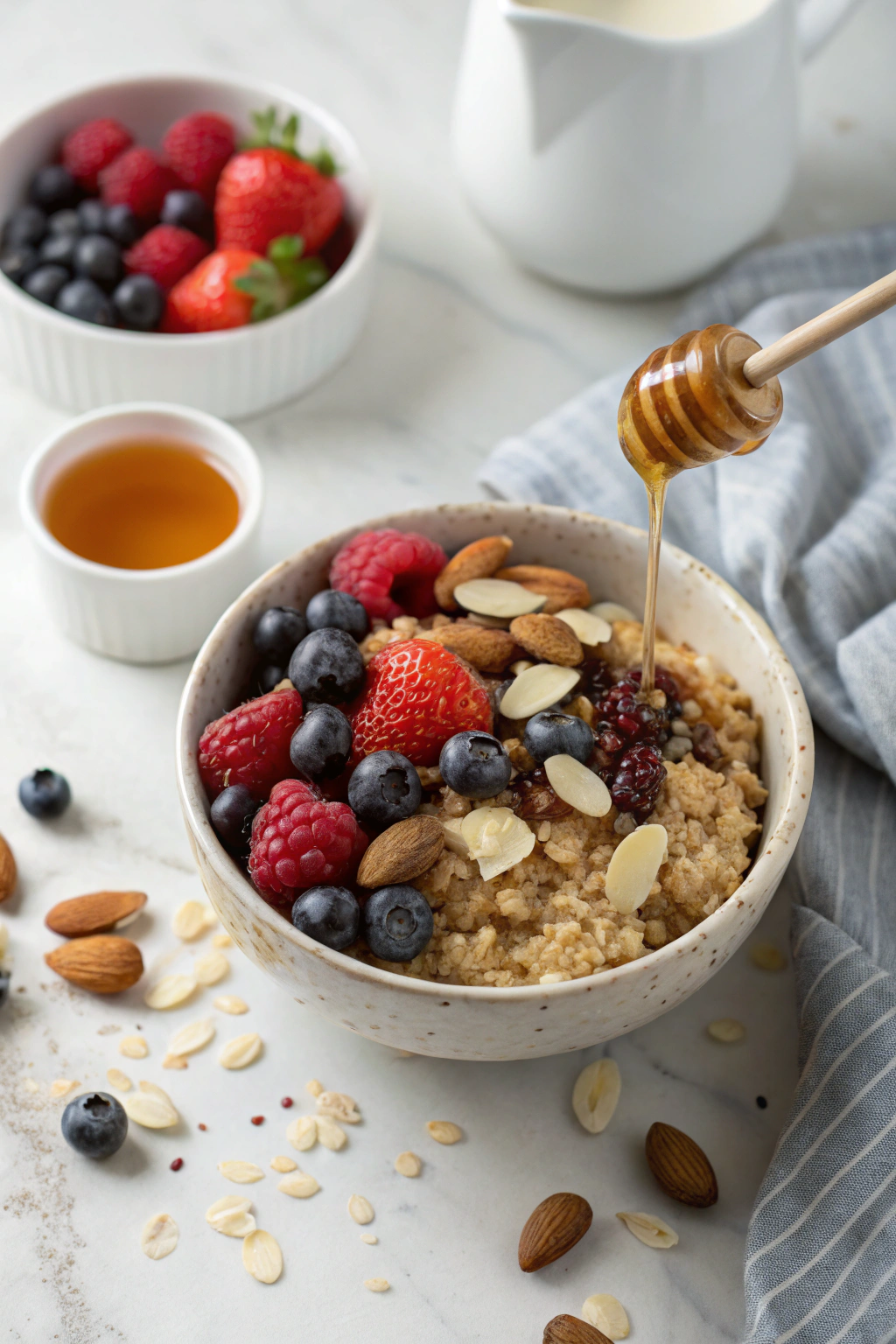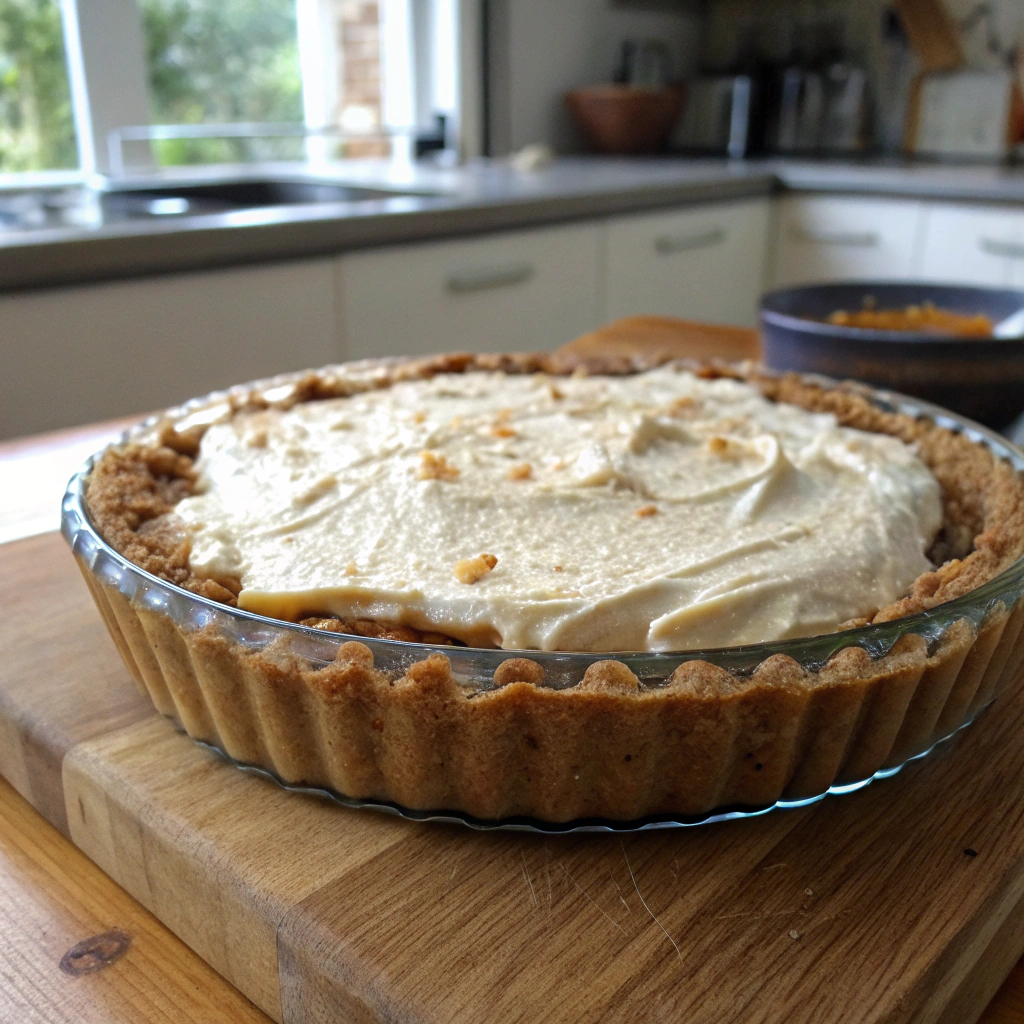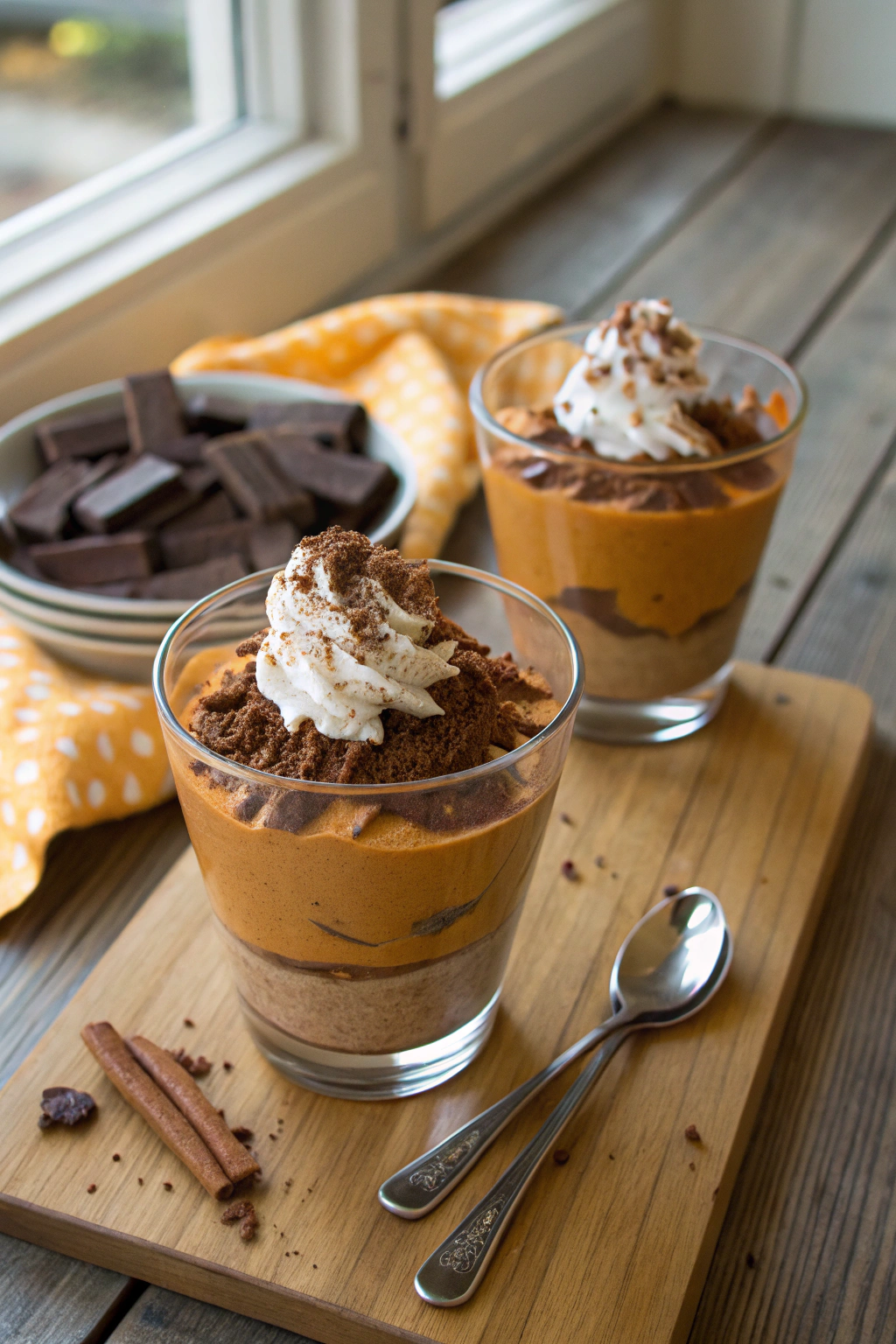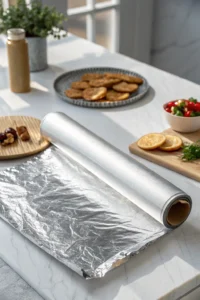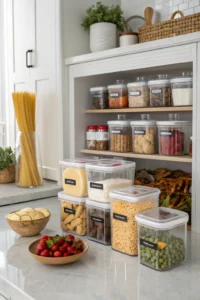Oh my goodness, y’all – let me tell you about last Sunday’s fridge disaster! While reaching for my morning coffee creamer, I knocked over a week-old container of spaghetti sauce. That red mess was my wake-up call to finally clean fridge surfaces from top to bottom. After 15 years of cooking for my family, I’ve learned that a spotless refrigerator isn’t just about looks – it’s about food safety and saving money too. Trust me, nothing’s worse than finding fuzzy leftovers hiding behind your favorite condiments! Today, I’m sharing my tried-and-true method to deep clean your refrigerator, plus all the tips I wish someone had told me years ago.
Essential Clean Fridge Prep Steps
Quick Fridge Inventory Checklist
Before you clean fridge shelves and drawers, let’s tackle the dreaded food audit! Grab your trash can and recycling bin – we’re gonna make this fun (or at least bearable). Start with a notebook and pen to list everything that’s still good. I usually tackle this section by section, checking expiration dates as I go. Those mystery containers in the back? Time to say goodbye! My rule of thumb: if you can’t remember when you made it, toss it. Yesterday, I found three half-empty ranch bottles and some lettuce that had definitely seen better days. Pro tip: snap a quick photo of what’s left – it’ll help with your grocery list later!
Gathering Your Cleaning Arsenal
Time to round up your supplies! To properly clean fridge surfaces, you’ll need some basic items from under your sink. I swear by warm water mixed with gentle dish soap – those harsh chemical cleaners can leave funky smells that get into your food. Grab a few microfiber cloths (paper towels leave lint everywhere), a scrub brush for stubborn spots, and some baking soda for tough stains. Don’t forget a cooler for temporary food storage! My secret weapon? A toothbrush for those tricky corners and door seals. Last week, I found the most amazing natural cleaning spray at Target that’s food-safe and smells like fresh lemons.
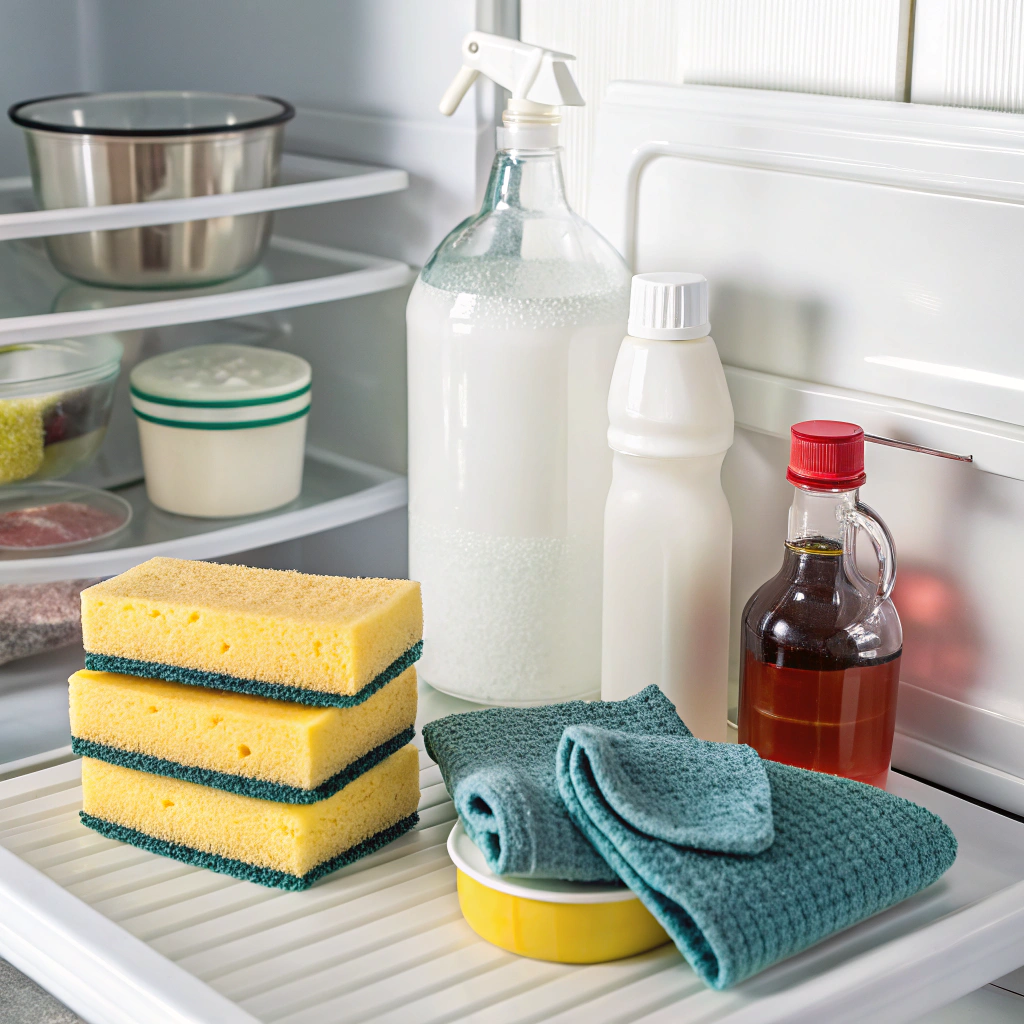
Power Down and Temperature Safety
Y’all, here’s something I learned the hard way – you’ve gotta clean fridge surfaces with the power off! Unplug that baby or flip the circuit breaker if you can’t reach the outlet. Food safety is super important, so have that cooler ready to go. Most items can handle about 4 hours at room temp, but anything dairy or meat-related needs to stay cold. I usually pack these items with ice packs first. Remember when my power went out during that summer storm? That taught me exactly how long different foods can safely stay warm! Keep a thermometer handy to check everything’s still at a safe temp below 40°F when you reload.
Deep Clean Your Refrigerator Zones
Tackling Door Shelves and Butter Compartment
Let’s start with one of the most touched areas when you clean fridge spaces – those busy door shelves! Take everything out and give those shelves a good wipe with warm, soapy water. I learned the hard way that butter compartments need extra attention since they often collect hidden crumbs. My favorite cleaning hack is using a mixture of baking soda and water to remove stubborn stains. Don’t forget those sneaky condiment drips that always seem to appear behind the ketchup bottle! A clean fridge starts with spotless door organization. I like to sort through expiration dates while I’m at it, especially checking those forgotten salad dressings lurking in the back.
Main Shelf Sanitizing Strategy
When you clean fridge shelves, it’s best to work from top to bottom to avoid drips making extra work. Remove each shelf carefully and let them come to room temperature before washing – I once cracked a glass shelf by putting cold glass under hot water! Use a gentle dish soap and warm water solution for regular cleaning. For those sticky spills (we’ve all had that leaky takeout container!), I’ve found that a mix of white vinegar and water works wonders. Don’t forget to dry everything thoroughly before putting it back. A clean fridge means getting into those corners where crumbs love to hide
Drawer and Crisper Revival
Those produce drawers need special attention when you clean fridge compartments. Remove them completely and soak in warm, soapy water to loosen any stuck-on bits. I keep a soft brush handy for scrubbing those tricky drawer tracks where moisture can build up. Pay special attention to the humidity controls – they can get gunky fast! For a fresh smell, I wipe everything down with a solution of water and lemon juice. A clean fridge drawer system helps fruits and veggies last longer. Don’t forget to check and clean those tiny drainage holes that prevent water buildup.
Smart Storage Solutions
Zone-Based Organization System
Creating zones in your clean fridge makes everything easier to find and keeps food fresher longer. I designate specific areas for dairy, produce, meats, and leftovers. The top shelf works great for ready-to-eat foods and drinks, while the bottom shelf is perfect for raw meats to prevent cross-contamination. Keep your most-used items at eye level – it’s amazing how much food waste this prevents! When you clean fridge zones regularly, you’ll notice patterns in what your family actually eats. I even use colorful containers to make different zones more visible.
Container and Wrap Best Practices
Proper storage containers make a huge difference in maintaining a clean fridge environment. Glass containers with tight-fitting lids are my go-to choice – they don’t absorb odors like plastic can. Always let hot foods cool completely before storing to prevent condensation. When wrapping items, press out excess air to prevent freezer burn and extend shelf life. A clean fridge stays that way longer when you use clear containers that let you see what’s inside. I label everything with dates using washable markers to track freshness.
Maximizing Shelf Life with Proper Placement
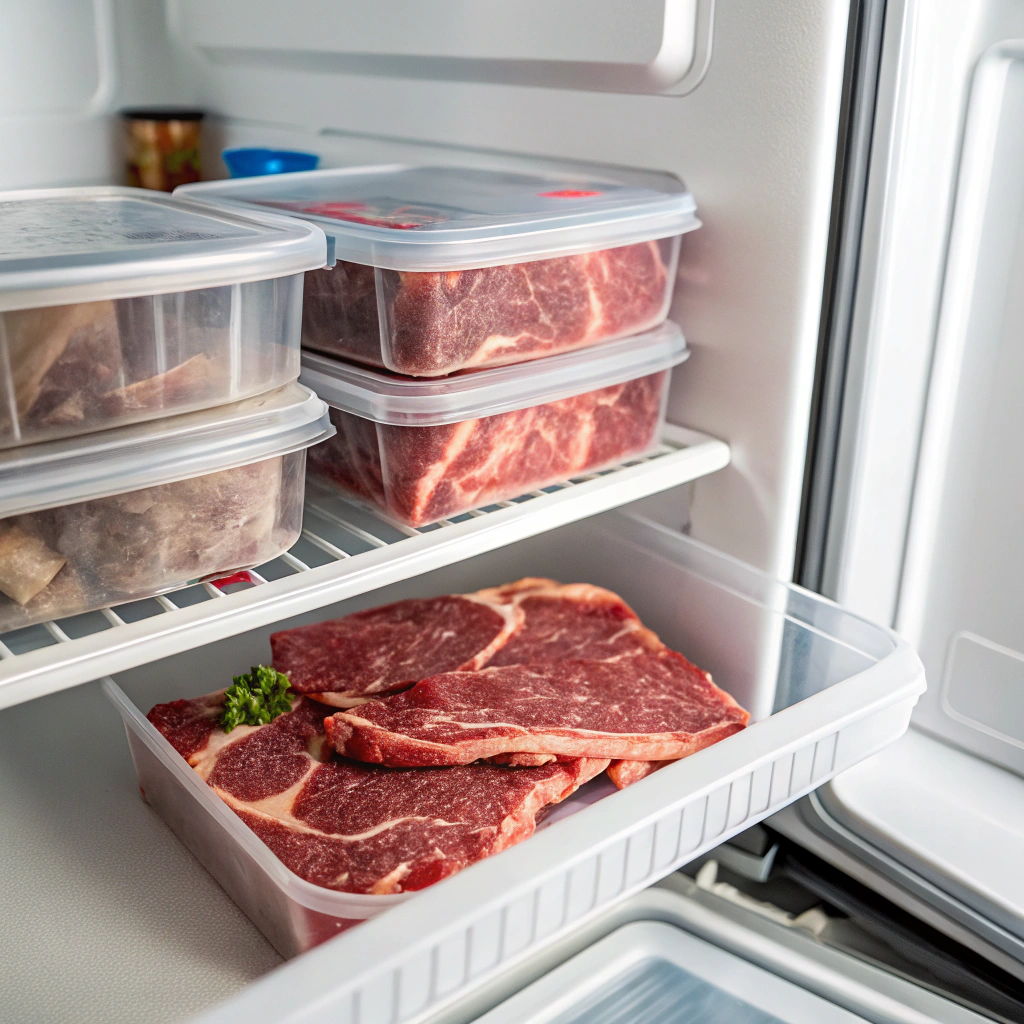
Strategic placement in your clean fridge can add days to your food’s freshness. Keep eggs in their original carton on a middle shelf, not in those door compartments that seem made for them. Milk belongs on a back shelf where temperatures stay most consistent. When storing produce, remember that some fruits emit gases that can spoil other foods faster. A clean fridge with proper airflow helps maintain ideal temperatures. I keep a small open box of baking soda in the back to absorb odors naturally.
Maintaining Your Clean Fridge
Weekly Quick-Clean Routine
Keeping a clean fridge doesn’t have to be overwhelming! I’ve found that spending just 15 minutes each Sunday helps maintain freshness all week long. Start by removing items shelf by shelf, wiping down surfaces with warm soapy water. A clean fridge not only looks better but also helps food last longer. I keep a spray bottle of diluted vinegar solution ready for quick wipe-downs.
My favorite trick is lining produce drawers with paper towels to catch drips and make cleanup easier. Remember to check expiration dates as you go – this habit has saved me from many forgotten leftovers! For stubborn spots, I use a paste of baking soda and water, letting it sit for a few minutes before wiping clean. This gentle approach keeps my fridge spotless without harsh chemicals.
Spill Prevention Techniques
After years of dealing with messy spills, I’ve learned some game-changing tricks to keep my clean fridge actually staying clean! Store all liquids on rimmed trays or bins – they catch drips before they become sticky messes. I wrap opened packages tightly and always use proper storage containers with secure lids. Those flimsy takeout containers? They’re the first to leak!
Place raw meats on the bottom shelf in sealed containers or bags – this prevents cross-contamination if anything drips. I also keep a box of baking soda near items prone to leaking, like berries or defrosting meats. When transferring leftovers, I use wide-mouth containers to avoid spills. These simple habits have cut my cleaning time in half!
Odor Control Secrets
Nothing ruins appetite quite like funky fridge smells! To maintain a clean fridge that smells fresh, I swear by activated charcoal filters – they work better than baking soda for absorbing odors. Place them in small breathable bags and swap them out every three months. I also keep citrus peels in a small bowl, which naturally freshen the air.
For stronger odors, like after storing fish or kimchi, I use a mixture of white vinegar and lemon juice in a small bowl. Let it sit overnight with the fridge door closed, and those stubborn smells disappear! Regular cleaning of door seals and checking for expired items prevents most odor issues before they start.
Eco-Friendly Fridge Cleaning Methods
Natural Cleaning Solutions That Work
Creating effective cleaners for a clean fridge doesn’t require harsh chemicals! My go-to solution combines equal parts water and white vinegar, with a few drops of tea tree oil for extra sanitizing power. This mixture cuts through grease and kills bacteria naturally. For tough stains, sprinkle baking soda directly on the spot, spray with the vinegar solution, and watch it fizz away!
I keep lemon halves handy to scrub stubborn spots – the natural acids break down residue while leaving a fresh scent. Another favorite trick is using hot water and a dash of castile soap for regular maintenance. These natural alternatives are safer for food storage areas and better for the environment.
Sustainable Storage Options
Maintaining a clean fridge while being eco-conscious is easier than ever! I’ve switched to glass containers with bamboo lids – they’re perfect for leftovers and don’t retain odors like plastic does. Beeswax wraps replace plastic wrap for covering bowls and wrapping produce. These sustainable choices make keeping a clean fridge simpler and more environmentally friendly.
Mesh produce bags help fruits and vegetables breathe while containing any mess. For organizing, I use repurposed glass jars with labels – they’re perfect for storing prepared ingredients and preventing waste. Silicone storage bags are another game-changer, especially for marinating meats or storing chopped vegetables. They’re leak-proof and washable!
Reducing Cleaning Product Waste
Smart cleaning habits help maintain a clean fridge while minimizing environmental impact. I use washable microfiber cloths instead of paper towels – they’re more effective and create less waste. When making natural cleaners, I mix small batches in reusable spray bottles to ensure freshness and prevent product waste. Old toothbrushes make perfect tools for cleaning tight spots around shelving.
For deep cleaning sessions, I save vegetable scraps in a compost bin rather than sending them to the landfill. Even the vinegar solution I use gets a second life – after cleaning the fridge, it works great for cleaning drains! These simple switches make a big difference in reducing household waste while keeping my fridge spotless.
Start Your Clean Fridge Journey Today
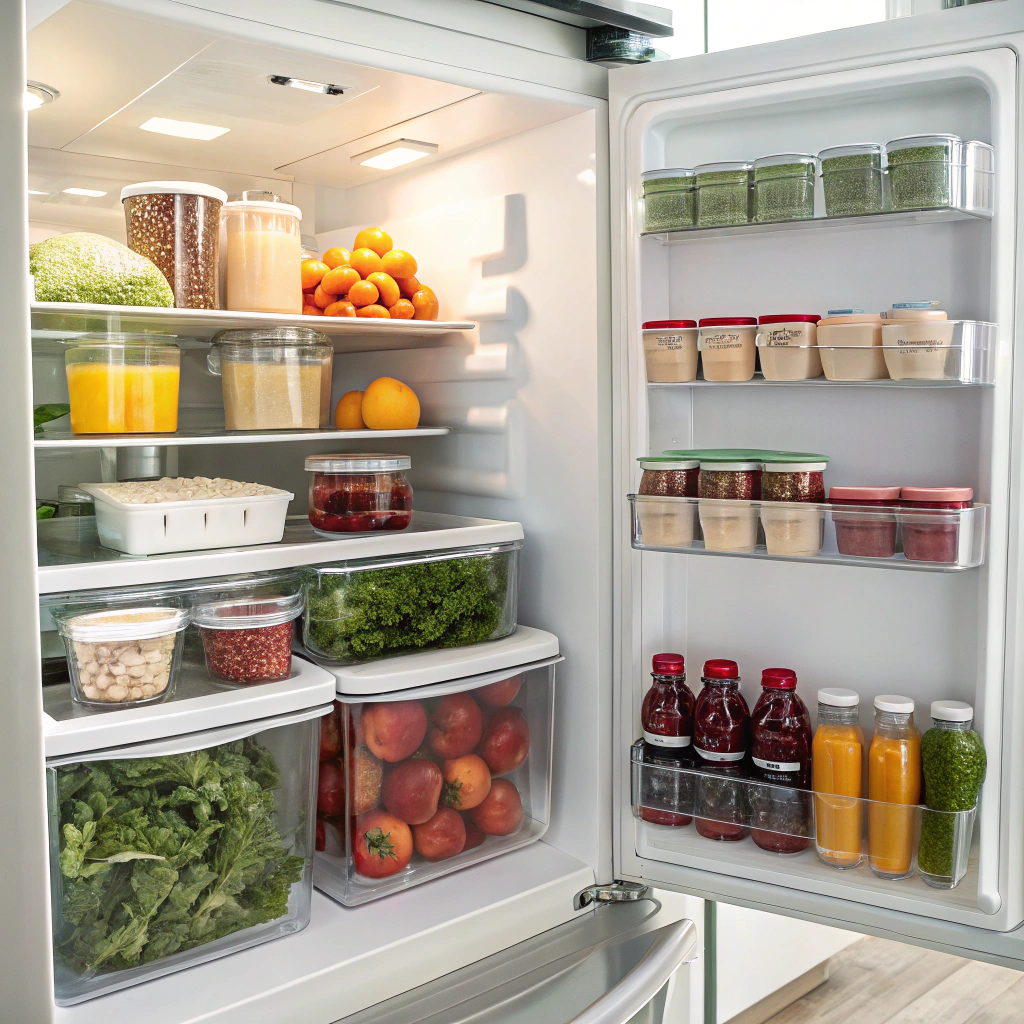
Your First Deep Clean Checklist
Ready to tackle that clean fridge project? Start with our simple checklist and make it a regular habit. I remember feeling overwhelmed at first, but breaking it down into small tasks made everything manageable. Join our kitchen community to share tips and get support. Together, we’ll create healthier, more organized cooking spaces that inspire great meals.




